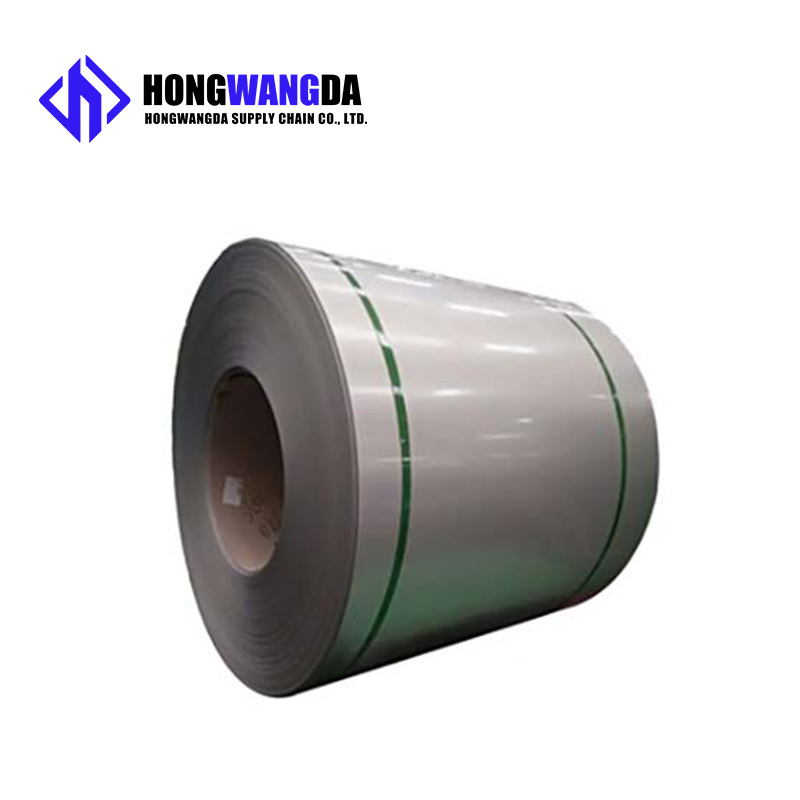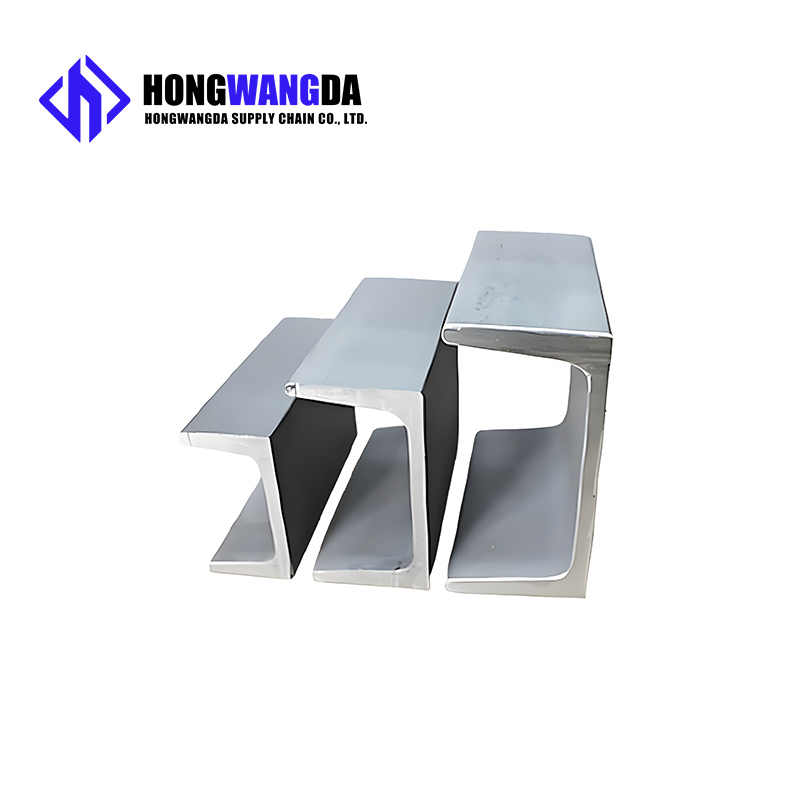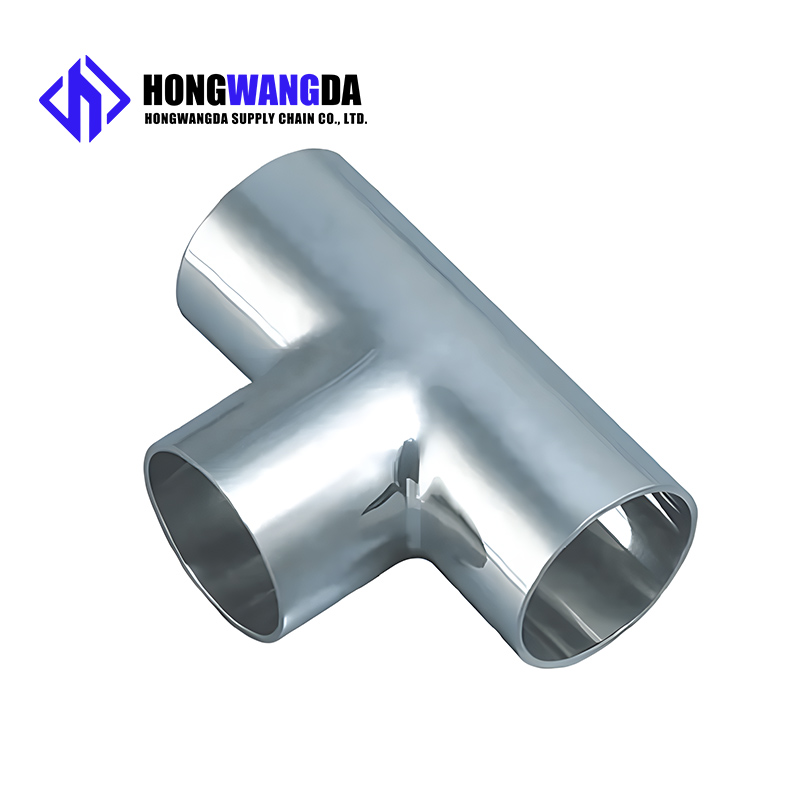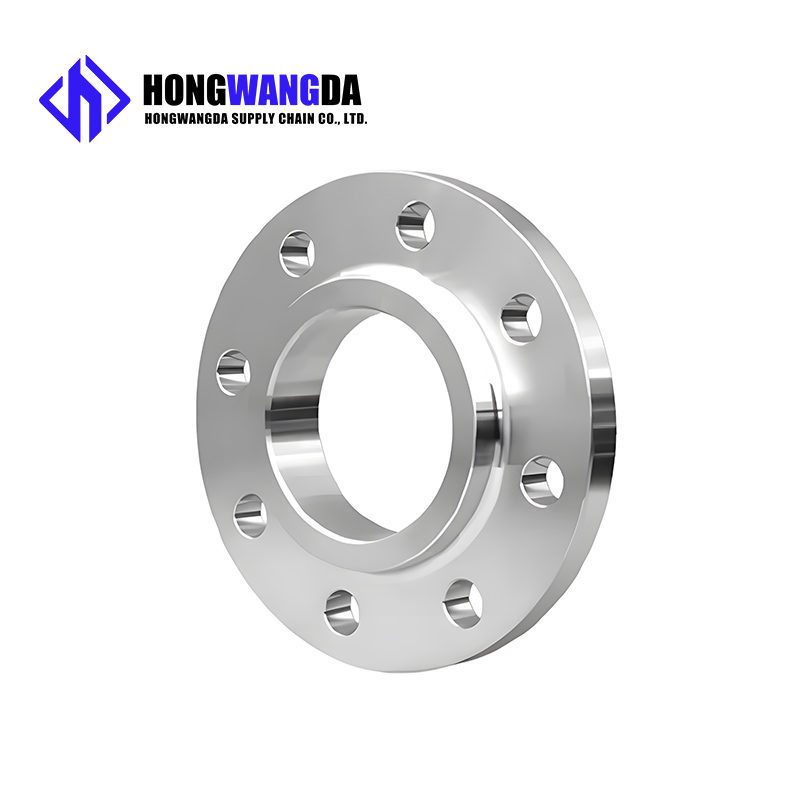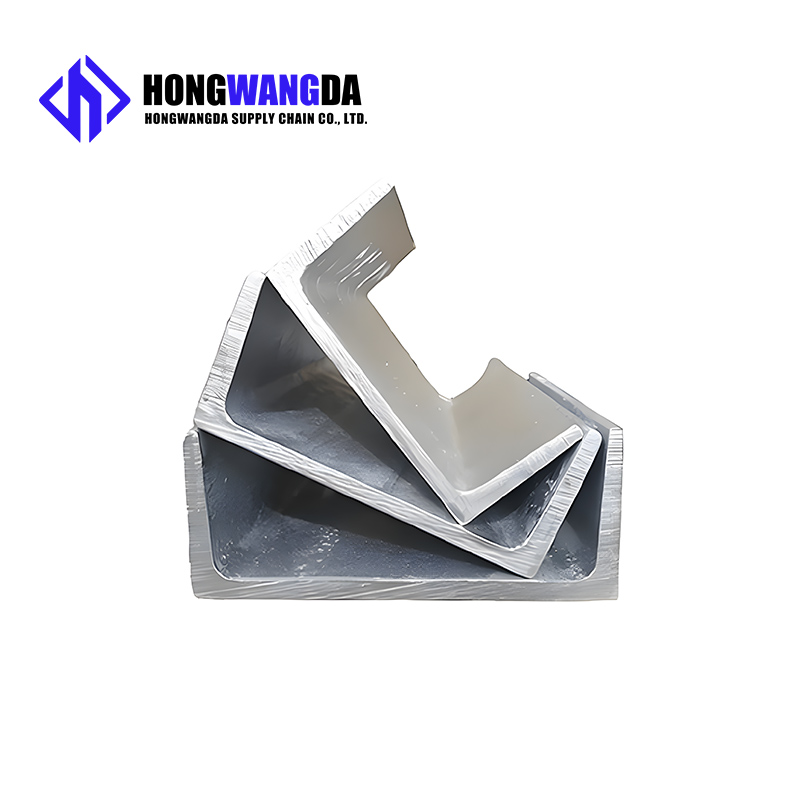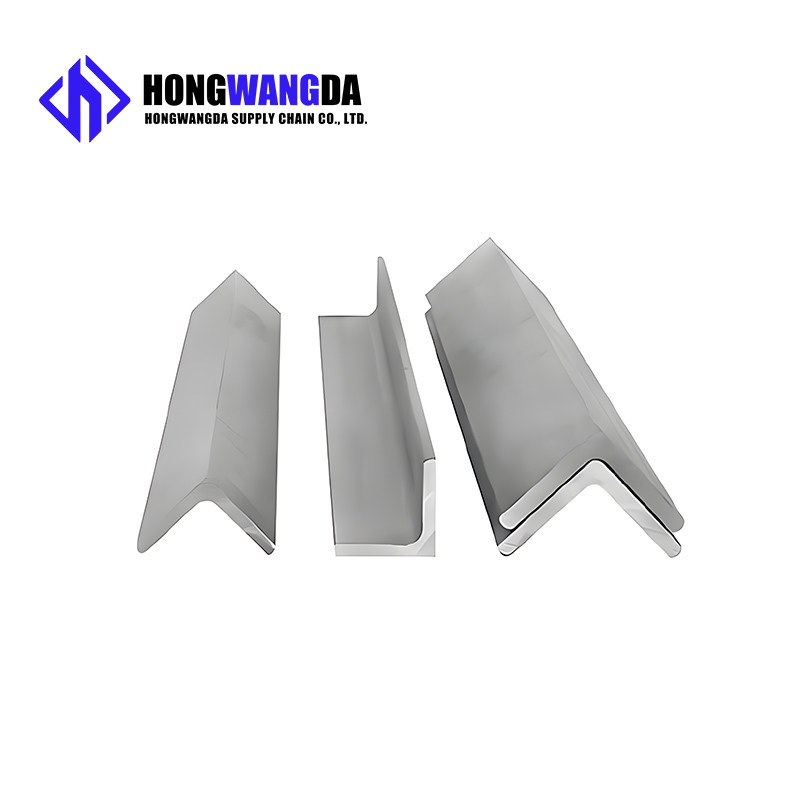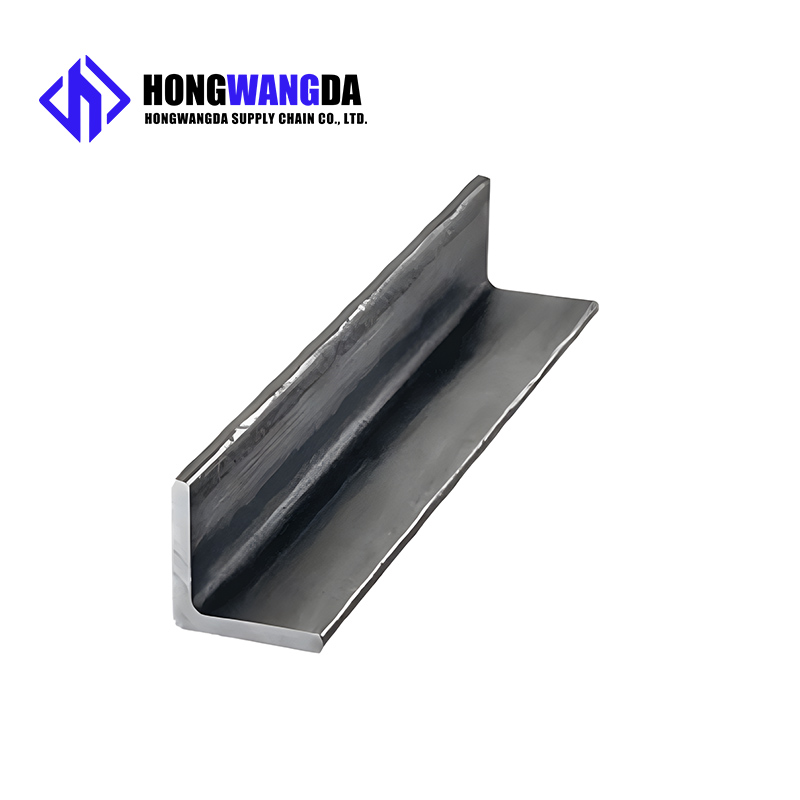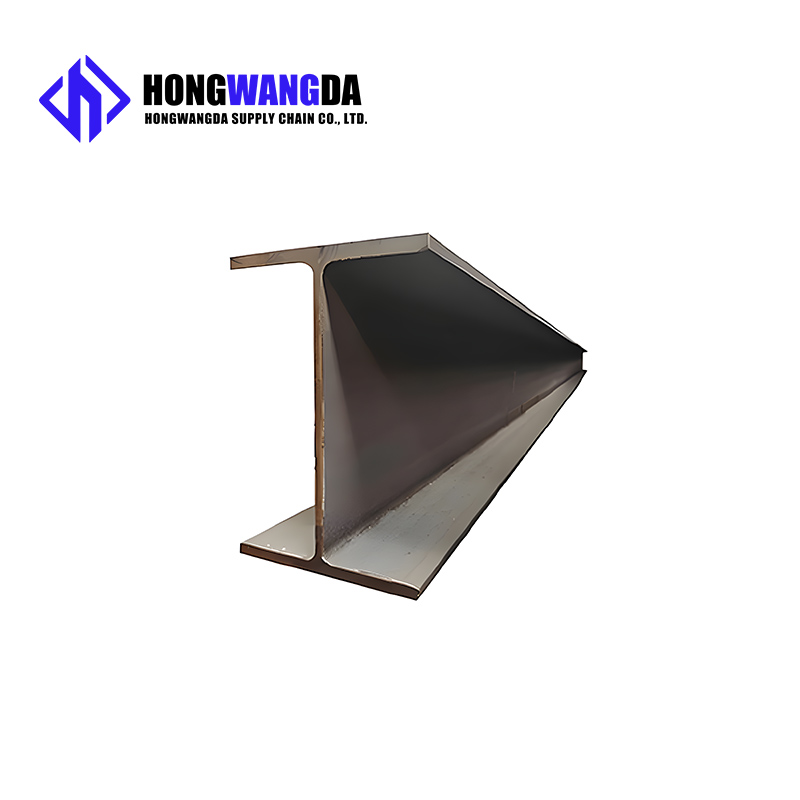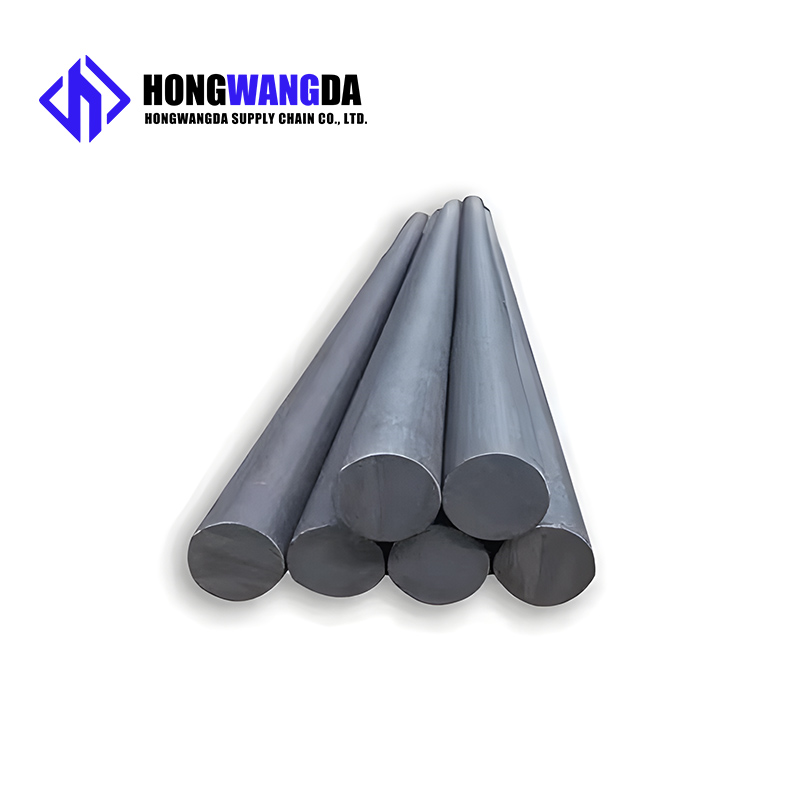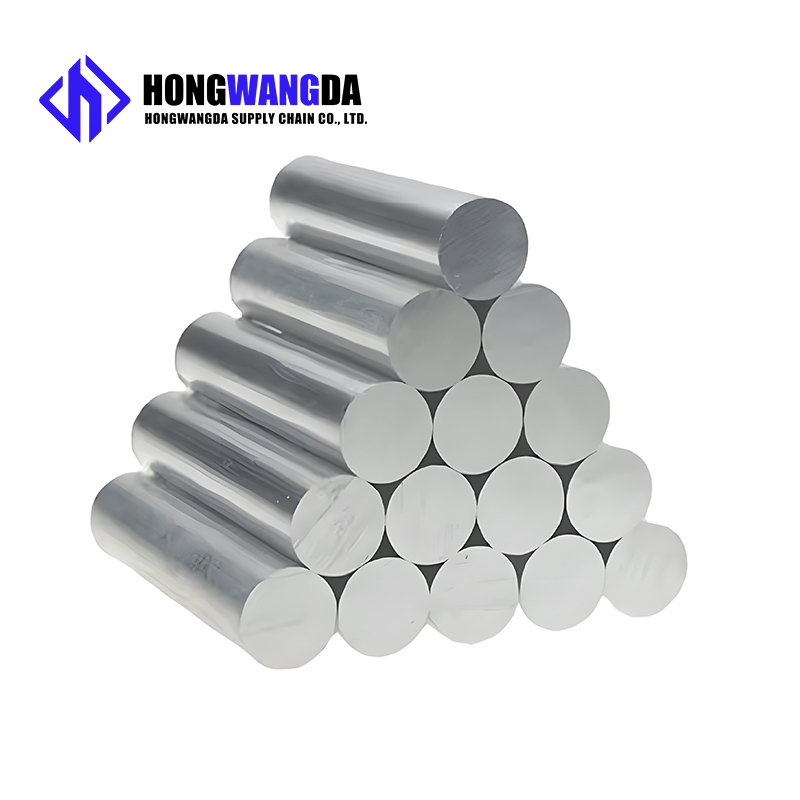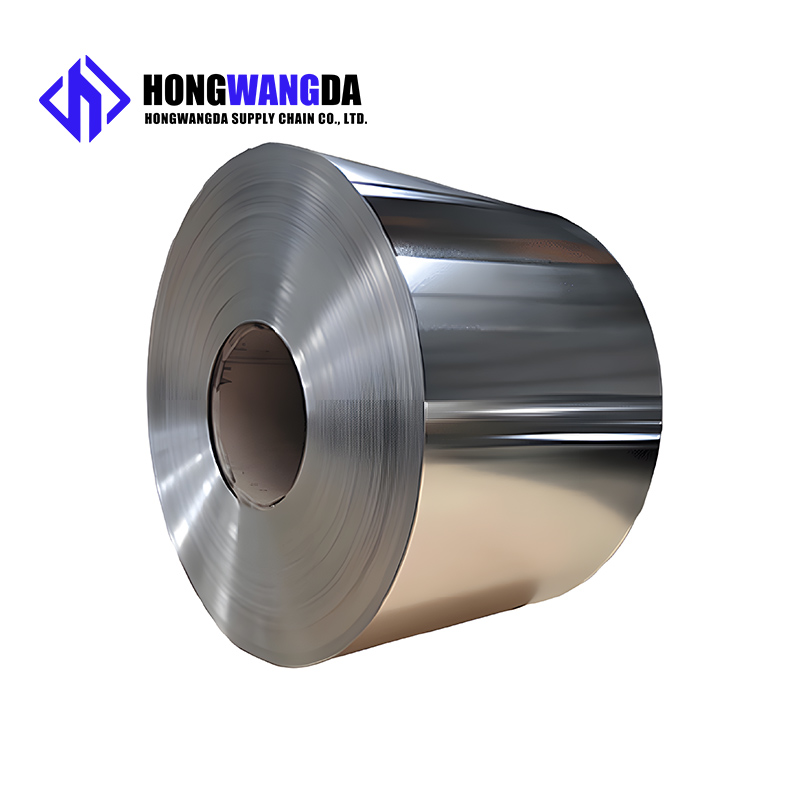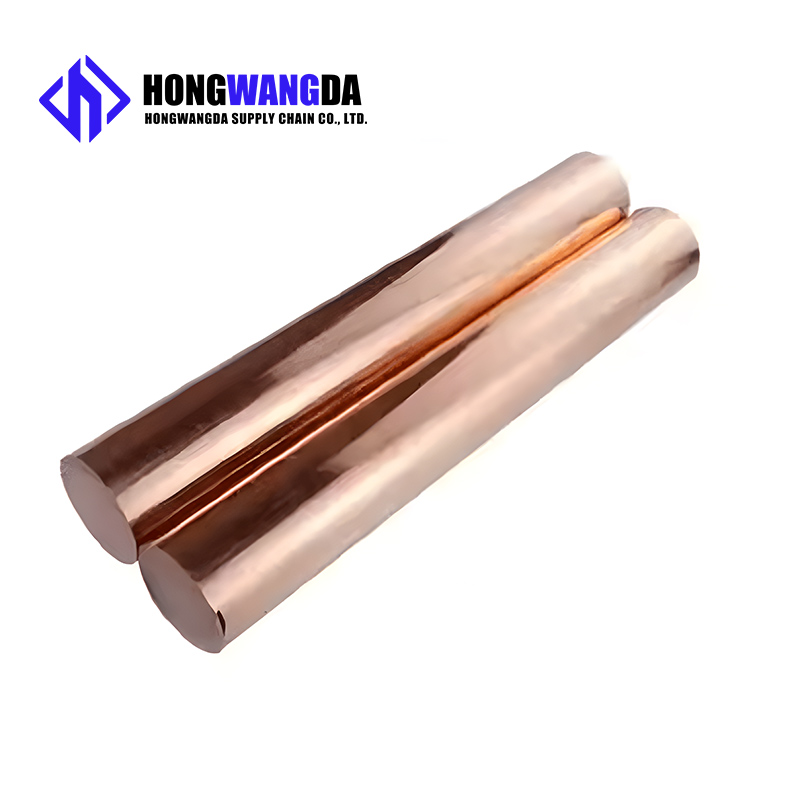◉ PRODUCT SPECIFICATION
1. Standard Designations
UNS: S31703
ASTM: A240/A240M (for sheet/plate), A480/A480M (general requirements)
EURONORM: 1.4438
JIS: SUS 317L
GB/T: 022Cr19Ni13Mo4 (Approximately)
2. Chemical Composition (% by weight)
Note: The key advantage over 316L is the higher minimum Molybdenum content (3.0% vs. 2.0%), along with increased Chromium and Nickel levels.
3. Mechanical Properties (at Room Temperature, for Annealed Coil)
4. Physical Properties (Typical)
5. Corrosion Resistance
Pitting & Crevice Corrosion: Superior to 316L. The higher Molybdenum content results in a higher Pitting Resistance Equivalent Number (PREN), providing excellent performance in chloride-containing solutions.
PREN = %Cr + 3.3×%Mo + 16×%N ≈ 29-33
Stress Corrosion Cracking (SCC): Offers better resistance to chloride-induced SCC than 316L.
General Corrosion: Excellent resistance to a wider range of corrosive chemicals, including sulfuric and phosphoric acids.
Intergranular Corrosion: The low carbon content provides excellent resistance in the as-welded condition.
6. Available Product Range (Coil)
7. Common Surface Finishes for Coil
2B: A smooth, slightly reflective, matte finish. This is the most common standard finish for coils, achieved by a final light cold-roll pass (skin-pass) after annealing and pickling.
BA (Bright Annealed): A smooth, highly reflective, mirror-like finish achieved by annealing in a controlled atmosphere furnace.
No. 1: A dull, matte finish produced by hot rolling followed by annealing and pickling.
8. Typical Applications
Chemical Process Industry: Tanks, reactors, and piping for handling aggressive chemicals like sulfuric and phosphoric acids.
Pollution Control: Flue Gas Desulfurization (FGD) systems and wastewater treatment equipment.
Pulp & Paper Industry: Digesters, bleach plants, and chemical recovery systems.
Oil & Gas: Components exposed to sour gas (H₂S) and chlorides.
Textile Industry: Equipment for chemical processing of fibers.
◉ Surfcae selection
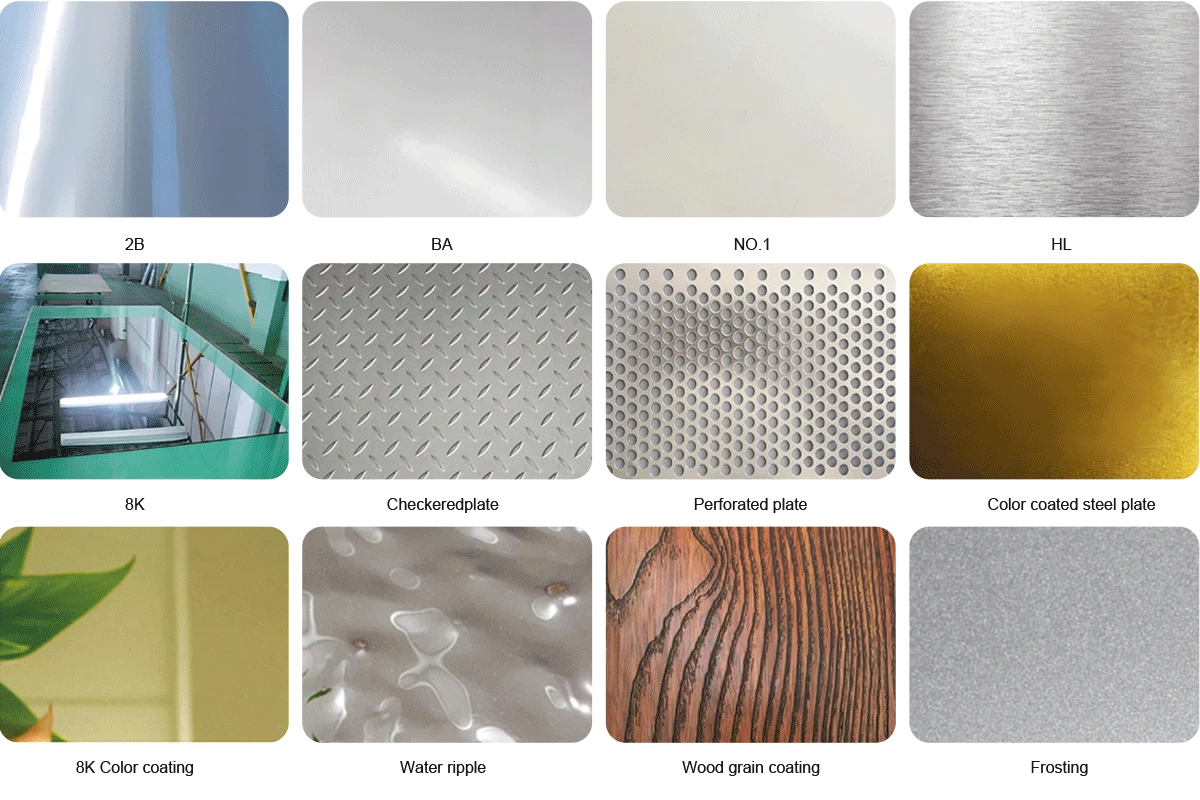
◉ PRODUCTION AND WAREHOUSING
◉ MESSAGE
◉ SIMILAR RECOMMENDED



